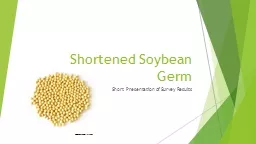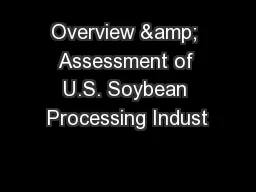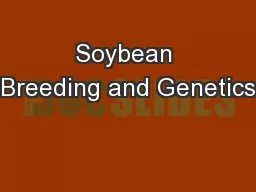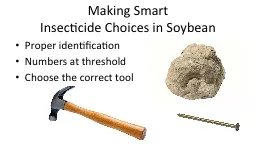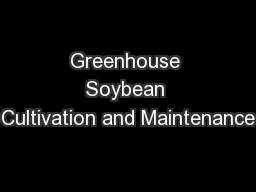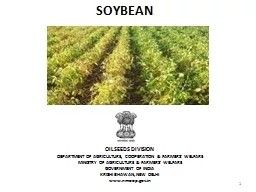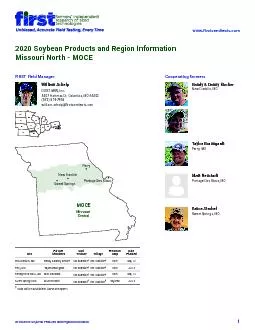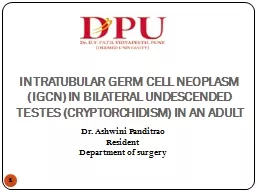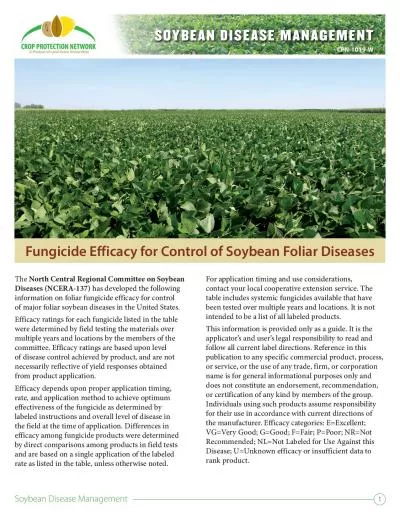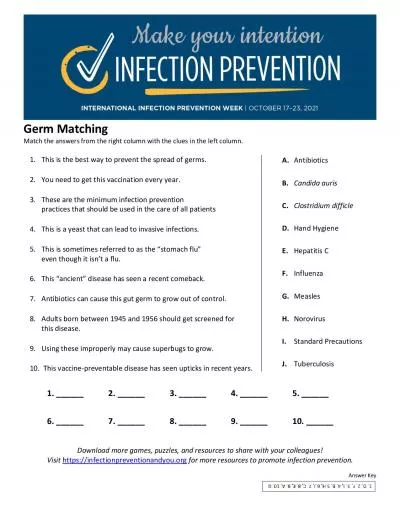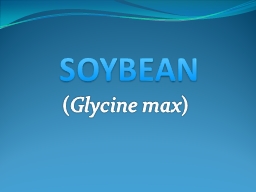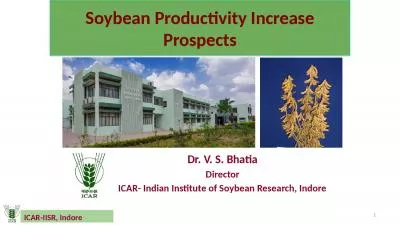PPT-Shortened Soybean Germ Short Presentation of Survey Results
Author : tatiana-dople | Published Date : 2018-10-28
wwwagrodailycom Purpose The purpose of this referee is to obtain enough data to propose a rules change from an 8 day germination test to a 7 day germination test
Presentation Embed Code
Download Presentation
Download Presentation The PPT/PDF document "Shortened Soybean Germ Short Presentatio..." is the property of its rightful owner. Permission is granted to download and print the materials on this website for personal, non-commercial use only, and to display it on your personal computer provided you do not modify the materials and that you retain all copyright notices contained in the materials. By downloading content from our website, you accept the terms of this agreement.
Shortened Soybean Germ Short Presentation of Survey Results: Transcript
Download Rules Of Document
"Shortened Soybean Germ Short Presentation of Survey Results"The content belongs to its owner. You may download and print it for personal use, without modification, and keep all copyright notices. By downloading, you agree to these terms.
Related Documents

